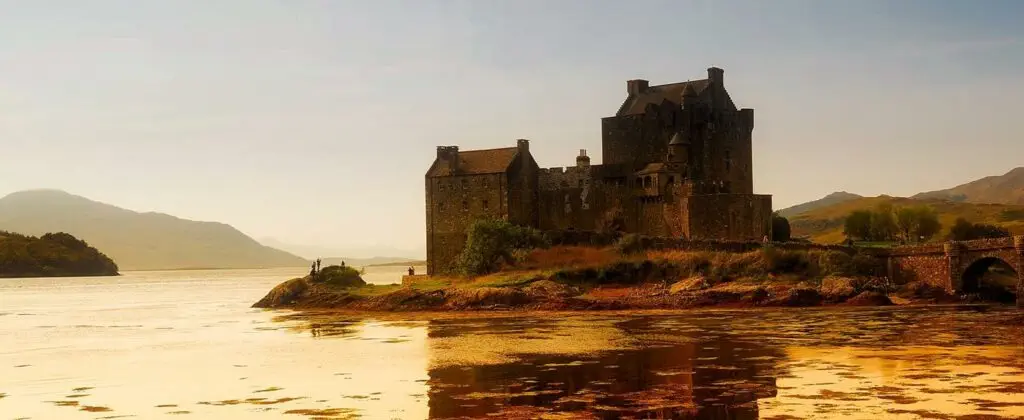Are you intrigued by the mysteries concealed beneath the waters of Scotland’s sea Loch, Loch Linnhe? This awe-inspiring water body isn’t merely a stunning view, it’s a mystifying universe brimming with special life forms and intricate systems. This is a complex enigma that researchers are keen to decipher. The more you understand about its distinctive ecosystem, the more you’ll be fascinated by the wealth of knowledge poised for revelation. Now, wouldn’t you be interested in revealing what’s hidden beneath its serene waters?
Loch Linnhe: A Brief Overview
Venturing deep into Scotland’s heartland, one encounters Loch Linnhe, a sea loch spanning an impressive 50 km in length and plunging to 120 m depths. This is due to an underlying fault line, and it offers an exquisite fusion of natural allure and an abundance of life forms. Loch Linnhe, a massive geological creation formed by the shifting earth’s crust, is abundant in local tales and a haven for those yearning for liberty.
Journeying northwards introduces Fort William, the entry point to the awe-inspiring Glen Nevis. Amidst the picturesque scenery, wildlife abounds. Sightings of eagles, dolphins, seals, red deer, and otters are habitual during cruises, making the experience truly captivating and forging a profound bond with the limitless freedom of nature.
The fruitful marine ecosystem of Loch Linnhe provides a habitat for salmon farms, each housing up to a million salmon. The loch’s fertile biodiversity also supports a government-backed mussel farm.
The region’s appeal is further magnified by historical sites like General Wade’s High Bridge, erected in 1735. This military remnant stands as a witness to the area’s dynamic history, intertwining with local tales to weave a narrative as profound and fascinating as Loch Linnhe itself.
Geographical Features of Loch Linnhe
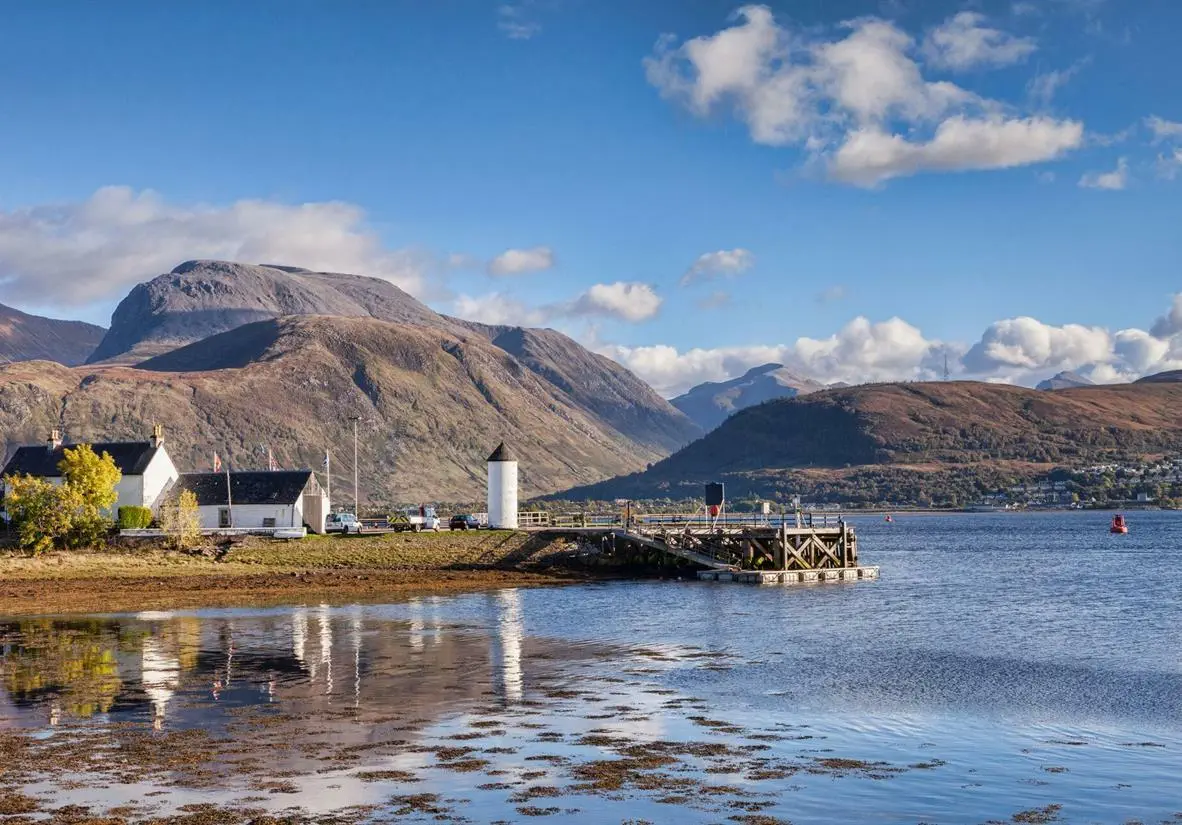
Loch Linnhe, a geographical marvel, exhibits a fjord-like structure that extends for more than 50 km. Its depth varies dramatically from 20 m at the shore to an astonishing 120 m in the center, a phenomenon resulting from an underlying fault line. This sea loch, with its diverse geological patterns, serves as a striking example of nature’s might.
To gain a comprehensive understanding of Loch Linnhe’s unique characteristics, these three significant aspects should be noted:
- The nearby mountains and the proximity of Glen Nevis provide stunning scenery that complements the loch’s raw beauty.
- Fort William, located at the northern end, is a historical marker of Scotland’s intricate past.
- General Wade’s High Bridge, constructed in 1735, is an architectural relic near the loch, testament to centuries of human effort.
These factors, along with the loch’s remarkable variations in depth, shape its distinct personality. Grasping these characteristics is vital for effective environmental preservation. Doing so not only broadens your comprehension of this Scottish wonder but also helps keep it intact for upcoming generations. Remember, knowledge and action pave the way to freedom.
Marine Life in Loch Linnhe
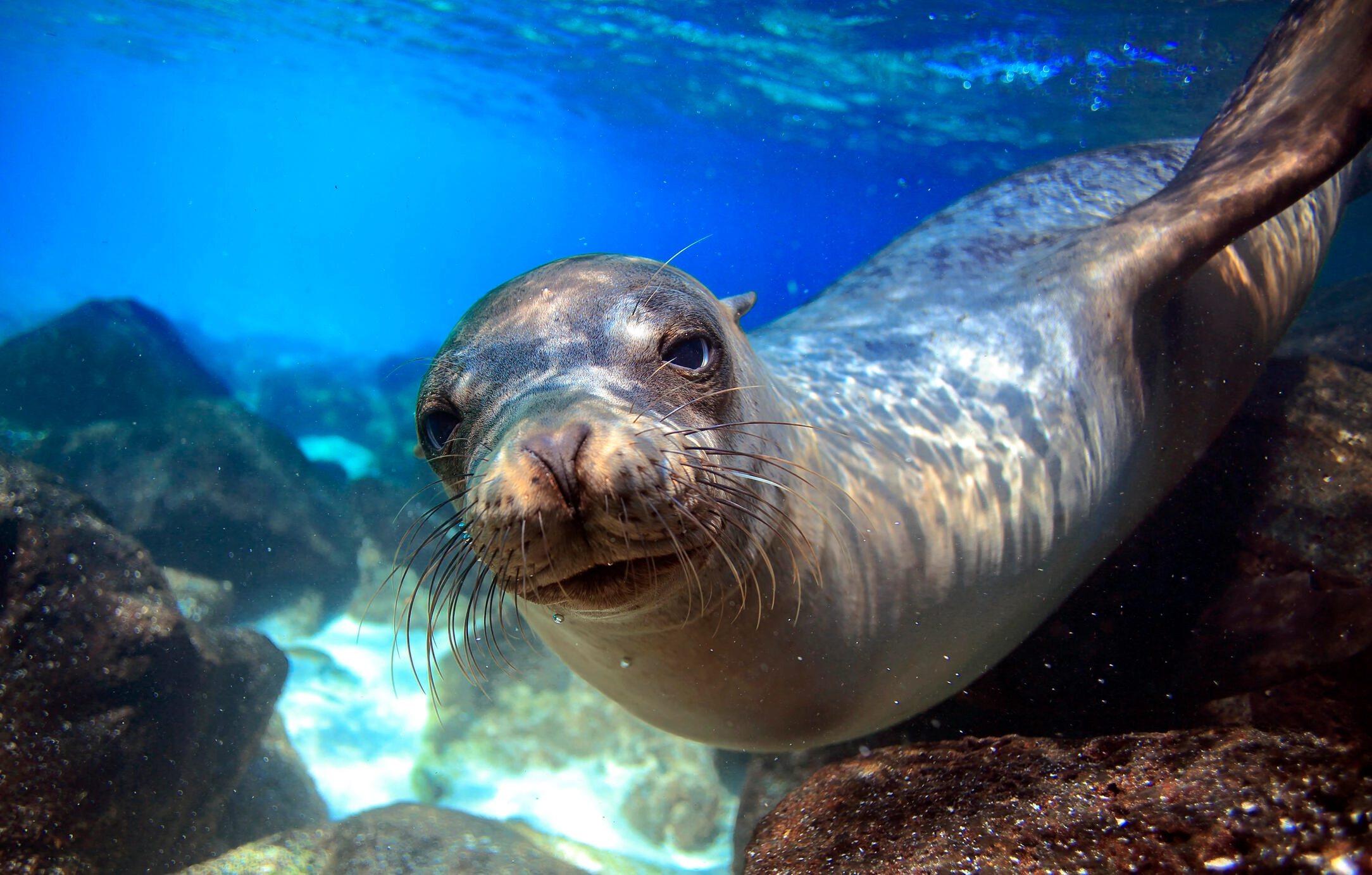
Looking across Loch Linnhe, one is not just observing a picturesque water body, but also a vibrant marine ecosystem. It is home to a wide variety of marine life, including seals, dolphins, porpoises, red deer, and otters. This sea loch is a living testament to the richness of nature, with its diverse aquatic life being a major draw.
The area’s efforts towards marine conservation are commendable, with salmon and mussel farms supported by the government playing a vital role in sustaining this aquatic ecosystem. These farms are not purely commercial entities but are fundamental to the biodiversity of the loch. They can house up to a million salmon and are a model of sustainable aquaculture practices.
Seeing wildlife, especially seals resting on tiny islands, is a regular event along the cruise route. Dolphins breaking through the surface of the water or an eagle flying overhead are common sights that further the sense of liberation one feels here. The marine life of Loch Linnhe represents the complex balance of nature, an aquatic ballet that unfurls before you, depicting the rich and plentiful wildlife of Scotland. As you navigate these pristine waters, the sheer beauty of the landscape is complemented by glimpses into the highland tiger habitat insights, where elusive creatures roam the rugged terrain. This rich ecosystem is not only breathtaking but vital, as it underscores the importance of conservation efforts to protect these magnificent species and their homes. Each moment spent here feels like a privileged encounter with nature’s wonders, reminding us of our connection to the wild.
Historical Significance of Loch Linnhe
Loch Linnhe, known for its abundant marine life, also carries a profound historical relevance. This is especially noticeable in the existing remains of General Wade’s High Bridge. Constructed in 1735, this edifice was part of a vast military road network implemented to suppress the Jacobite Rebellion. Over the centuries, parts of these roads, including the bridge, have fallen to nature, imbuing the area with a compelling historical narrative.
- The Strategic Pathways: These pathways were a tactical response to the 1745 Jacobite Rebellion. They reveal the military strategies of the period and were essential lines for troops’ movement.
- General Wade’s High Bridge: Located above the Spean River, this bridge continues to represent the region’s turbulent history, a concrete evidence of the military strategies applied during the rebellion.
- The Evolving Terrain: The disintegration of parts of the bridge and roads more than a hundred years ago tells a story of impermanence and tenacity, a touching testament to the passage of time.
Loch Linnhe’s Role in Scottish Culture
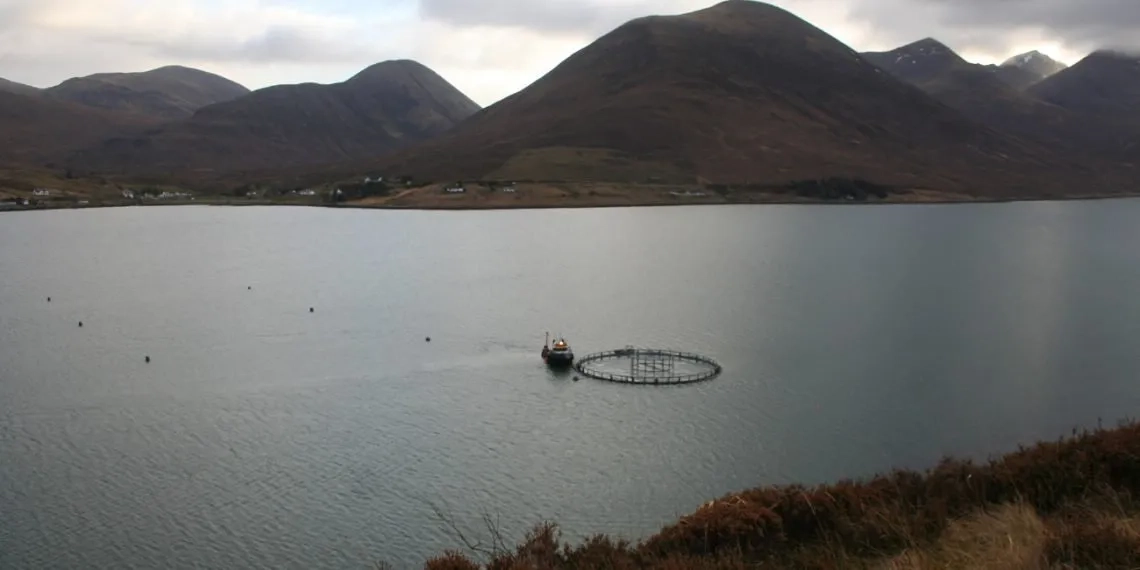
Loch Linnhe’s role in Scottish culture is deeply embedded into the country’s essence, representing a beautiful blend of natural splendor, rich wildlife, and significant landmarks that draw international attention. Its cultural value goes beyond its historical aspect, and extends into today’s role as a lively center of tourism.
The sea loch is a spectacle of natural beauty, with the mountains surrounding it, the hues of the sky reflecting off its surface, and the diverse wildlife it hosts. One can encounter eagles, dolphins, seals, and red deer, all adding to the vibrant biodiversity present during a Loch Linnhe cruise.
The local businesses in Fort William further contribute to the cultural experience, offering distinctive dining, shopping experiences, and historical knowledge to tourists. The loch’s cultural role in Scotland is not just a matter of history or nature, but it also includes the ongoing traditions and local livelihoods around it.
Therefore, Loch Linnhe is not just a sea loch. It represents the tenacity and progress of Scottish culture, serving as an invaluable part of Scotland’s cultural heritage and natural charm.
Unknown Mysteries of Loch Linnhe
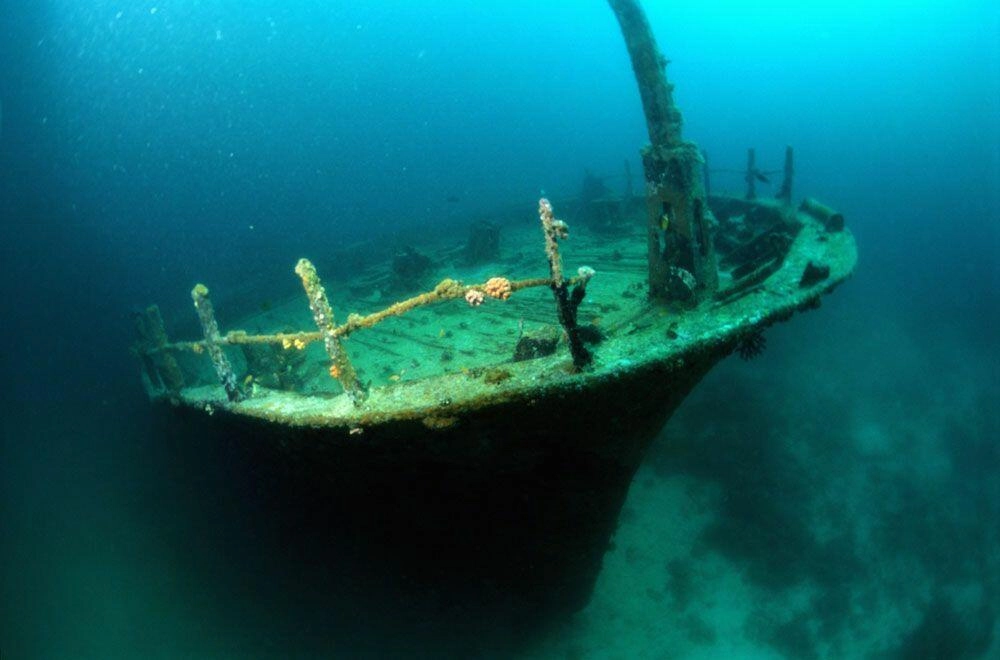
The calm exterior of Loch Linnhe may deceive you, but underneath its tranquil surface lie many mysteries, from sunken ships and underwater caves to enigmatic sea creatures. Each of these secrets holds a fascinating story waiting to be revealed.
- Secrets of the Deep: It’s believed that many shipwrecks lie hidden beneath the loch’s serene surface. These submerged vessels may carry historical artifacts within their cargo, offering valuable knowledge about the region’s maritime past.
- Underwater Landscapes: The loch is home to numerous underwater caves and geological formations. These natural structures can serve as homes for a variety of marine creatures and also offer clues about Scotland’s geological history.
- Legends and Folklore: Similar to its counterpart Loch Ness, Loch Linnhe has its share of stories about mysterious creatures. These tales, while possibly just folklore, lend an air of mystery to the loch.
Those who yearn for adventure will find the mysteries of Loch Linnhe irresistible. With each secret revealed, we learn more about this majestic sea loch. Yet, many enigmas remain, silently awaiting the curious to find them.
Tourist Attractions Near Loch Linnhe
Loch Linnhe, with its mysterious depths, is surrounded by numerous attractions that are sure to fascinate you. One could spend time at Glen Nevis, known for its stunning beauty and widely used hiking paths, offering an exciting outdoor activity.
Close by is the historical General Wade’s High Bridge, built in 1735, that spans across the Spean River. You could enjoy a two-hour picturesque cruise on Loch Linnhe for a chance to observe wildlife such as eagles, dolphins, seals, and otters.
Located at the north end of the Loch, Fort William is a gastronomic center where travelers can enjoy the tastes of Scotland after a day of sightseeing. Moreover, Loch Linnhe is surrounded by large salmon farms and a government-sponsored mussel farm, both significantly contributing to local food culture.
| Tourist Attraction | Description |
|---|---|
| Glen Nevis | Provides well-known hiking paths |
| General Wade’s High Bridge | Constructed in 1735, a historical landmark |
| Loch Linnhe Cruise | Opportunity to observe diverse wildlife |
| Fort William | Center for local food culture |

